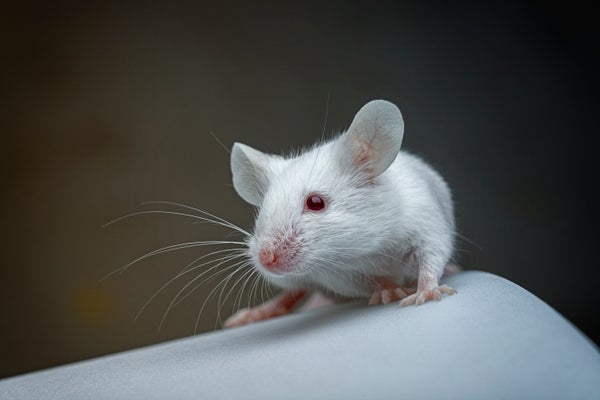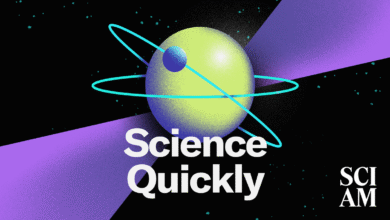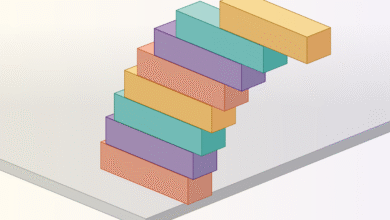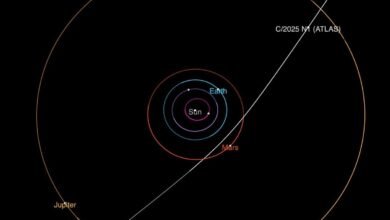First Atlas of Every Mouse Brain Cell Could Improve Neuro Disease Treatments

December 18, 2023
3 min read
Several research teams have created an atlas of the mouse brain. The map, which has more than 5,300 cell clusters, should help to improve the treatment of brain diseases

How many different cell clusters are in the brain of a mouse? Where are they located, and what are their functions? A large international team of researchers has tackled this enormously difficult puzzle and presented a complete cell atlas of the mouse brain.
Experts at the Brain Research through Advancing Innovative Neurotechnologies (BRAIN) Initiative Cell Census Network) documented more than 5,300 different cell clusters, as they have reported in a total of 10 papers published in Nature. As it turns out, cell clusters are distributed in specific regions of the brain and differ depending on their location. This complex structure of the mammalian brain is apparently the result of a long evolutionary process. Hongkui Zeng, director of the Allen Institute for Brain Science in Seattle and a co-author of several of the studies, is convinced that the new brain map will allow researchers to finally see how the brain is organized.
For the scientists, the choice of the brain of the house mouse (Mus musculus) is obvious: The rodent is the model organism par excellence in biology and medicine. It furnishes the best way to create an exemplary atlas of a mammalian brain.
The researchers employed various analytic methods for their studies, including different single-cell analyses. These can be used to investigate the genetic activity of brain cells. Among other things, the aim was to find out which messenger RNAs (mRNAs) the mouse brain cells produced. Based on the various RNA snippets, the scientists were then able to deduce how many different cell clusters there are in that brain because each of them produces a characteristic signature of mRNA molecules.
At the same time, the team also determined the spatial position of the cells in the brain. This is what makes this mammoth project so special: all the researchers involved not only mapped “the entire mouse brain” for the first time but also did so using spatial transcriptomics, allowing “cell types to be placed in their native tissue context,” wrote neurologist Maria Antonietta Tosches of Columbia University in an accompanying commentary in Nature.
The researchers sequenced several million cells and collected their location data in the rodent brain. The team then divided the brain cells into four levels comprising a total of 5,322 clusters. The experts also mapped how the individual clusters interact with one another and are in contact with the help of neurotransmitters and neuropeptides.
The 10 studies produced a plethora of results. Deep within the brain—in the areas of the hypothalamus, midbrain and hindbrain—the range of cell types is much greater than in the evolutionarily younger cerebral cortex. “These findings indicate that different rules govern neuronal diversity across the brain, perhaps because each region evolved under different constraints,” Tosches explained in the Nature commentary. The difference could be linked to the fact that the parts of the brain below the cortex have changed less over the course of evolution than the upper parts—possibly because the lower parts control more of the body’s basic functions.
The results of the new studies should also support existing plans to map the human brain. One aim of all this research is to improve the treatment of neurodegenerative diseases and neurological disorders. It is known, for example, that many diseases develop in certain regions of the brain—possibly because specific cell types have changed. According to Zeng, a brain atlas could be used to develop gene therapies or drugs to directly target cells and thus reduce medications’ side effects.
The researchers also hope that their atlas will stimulate numerous other research projects. And finding out the function of the cells and their role in disease may keep the team busy for the next 20 years.
This article originally appeared in Spektrum der Wissenschaft and was reproduced with permission.




